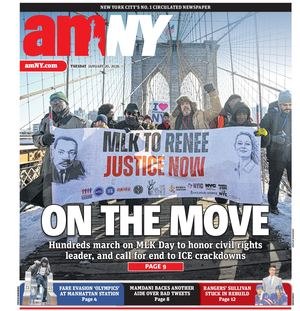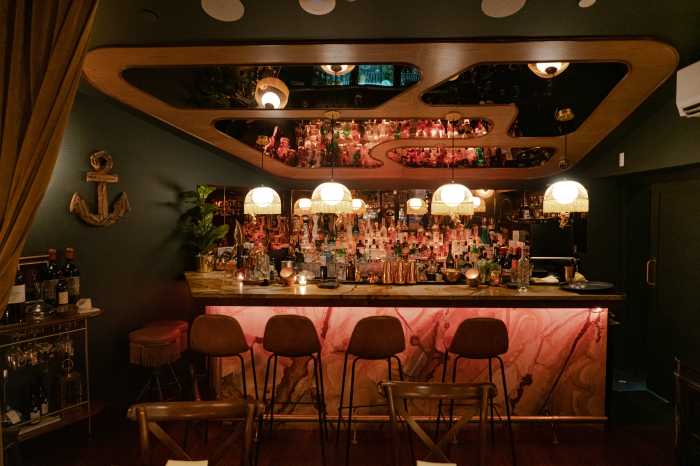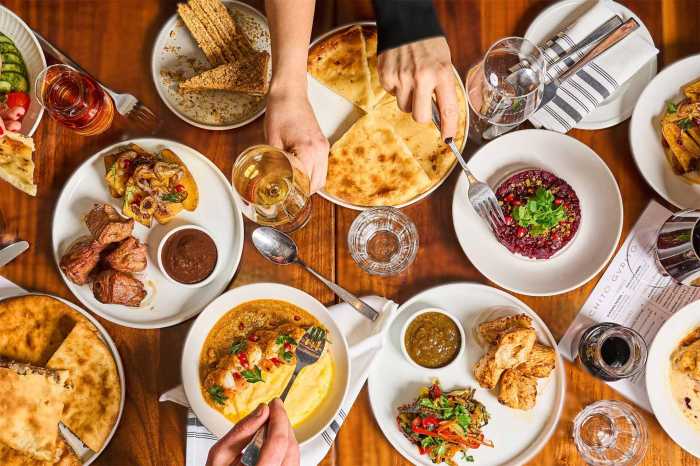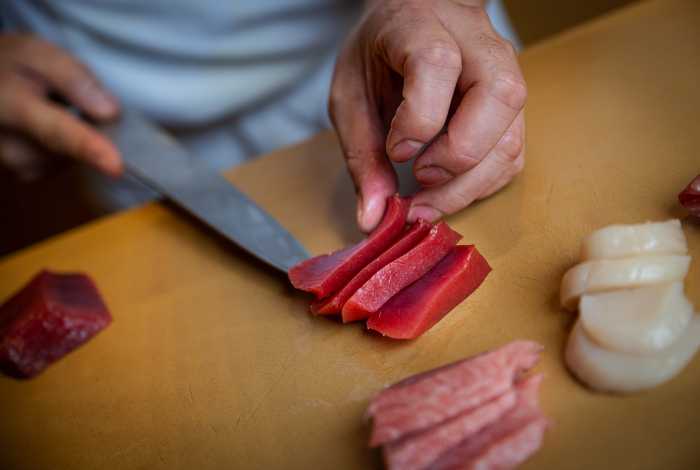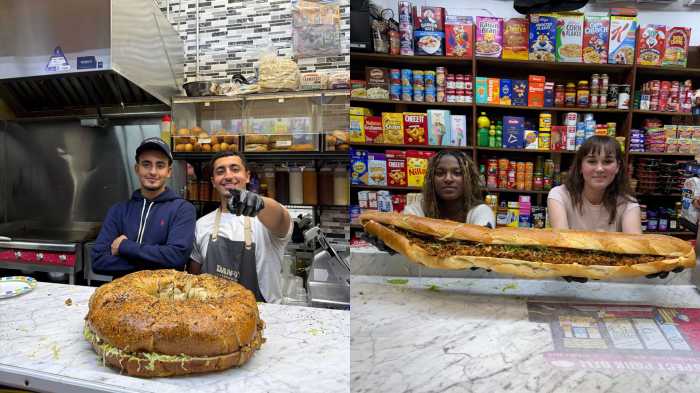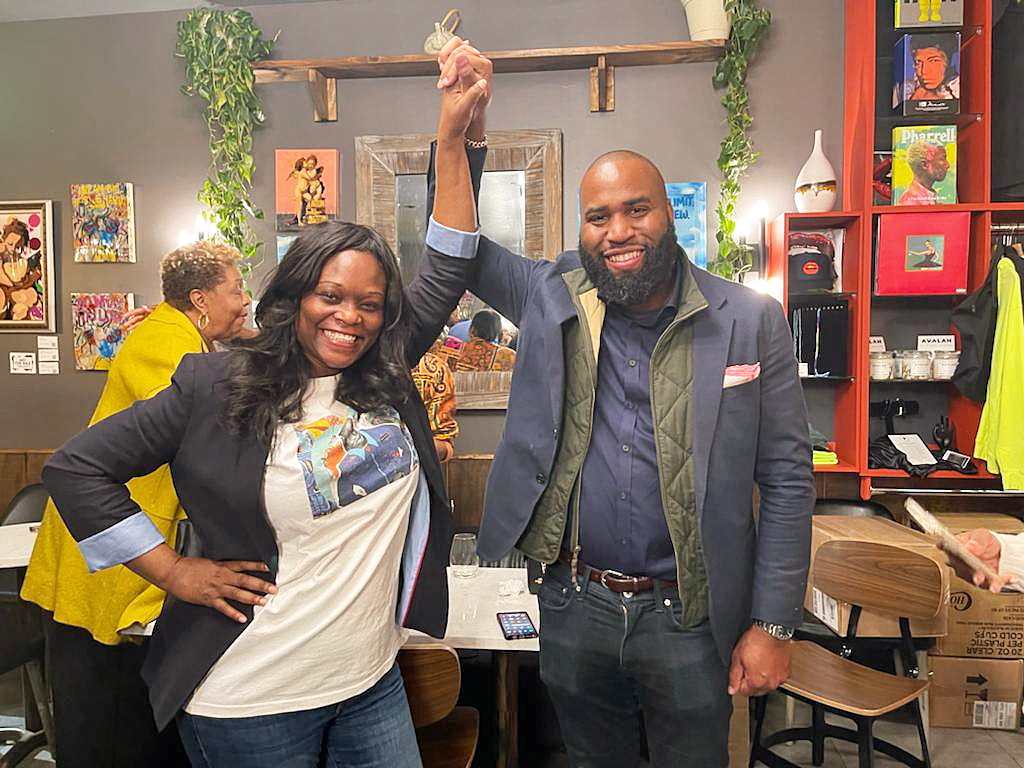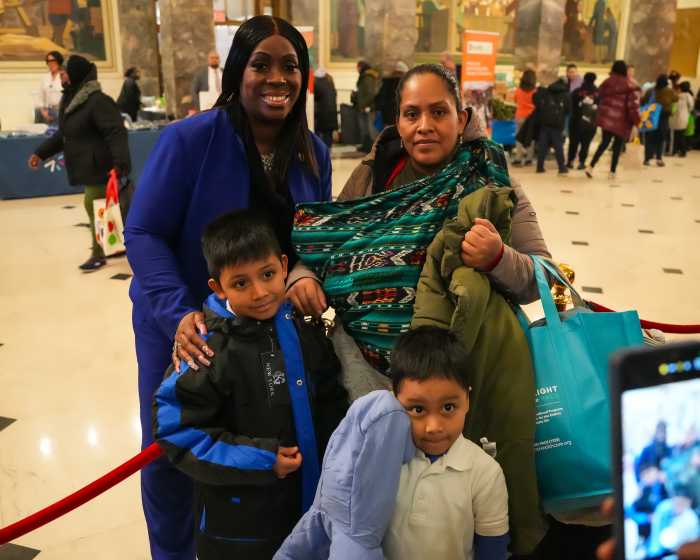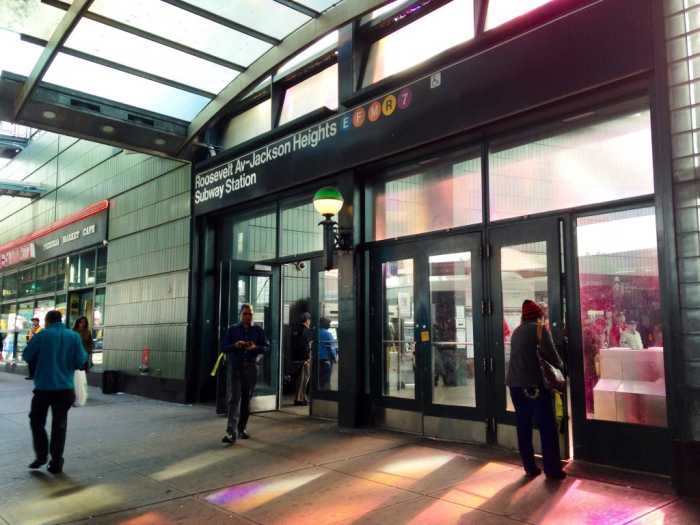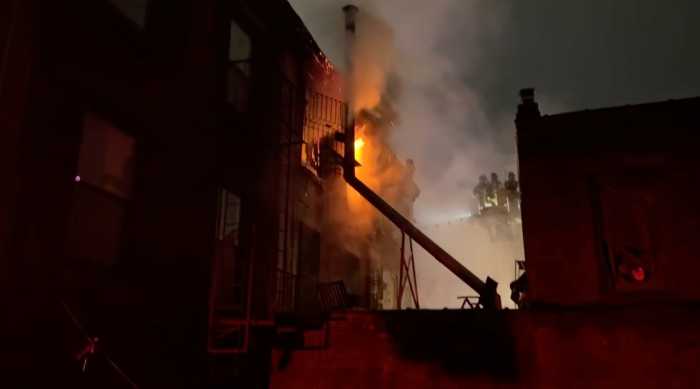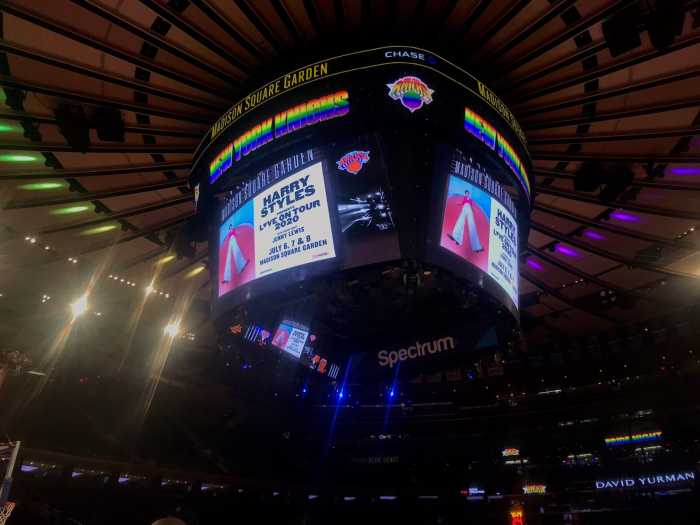“Korean food is never, ever, a boring time.”
So promises “Koreatown: A Cookbook,” an exploration of Korean food for the home cook, by Deuki Hong, the chef at Koreatown barbecue hot spot Kang Ho Dong Baekjeong, and NYC food writer Matt Rodbard, out this week ($30; Clarkson Potter).
Hong and Rodbard traveled to Koreatowns across the country, from Washington, D.C., to Chicago to Los Angeles to, of course, New York, to capture the culture and share cooking techniques to make dumplings, barbecue, soups, stews and drinks at home.
In addition to Hong’s recipes, the cookbook features guest recipes from such names as Danny Bowien (Mission Chinese Food), Amanda Cohen (Dirt Candy) and Daniel Holzman (The Meatball Shop).
“This is the first book to be written from the point of view of Koreatown — we are capturing the spirit of Koreatown,” Rodbard says. “For years Korean food has been at the cusp of quote-unquote blowing up. The book is proving that it’s here, but there’s so much more to know.”
amNewYork spoke with Rodbard about the new cookbook.
How did this cookbook come about?
Deuki and I have known each other for about four years. I’ve personally been interested in Korean food for about a decade. As a food writer it was really fascinating. Deuki grew up cooking Korean food, it was very much a part of his life. … He comes from a pretty formal background — he went to the Culinary Institute of America and worked at Jean-Georges and Momofuku — so he has a lot of training. I like that he was able to translate traditional cooking and make the steps simpler using his training to really maximize your time. You can cook Korean food once a week and you’re not going to be put out by it.
What kind of research went into it?
We really wanted to see the range of restaurants. We spent the most time in New York and Los Angeles. We went to Murray Hill a lot — not to be confused with the Manhattan location. That’s the next foil to the 32nd Street Koreatown. They have a lot of soup restaurants and really rustic restaurants that I love going to. You’ll find a variety of the foods that we cover in “Koreatown” up there.
What is a favorite experience from researching this book?
I like Queens a lot. I think Queens has some great spots — in Murray Hill, going to Mapo BBQ and having some grilled meat. I love Mapo because it’s one of the few barbecue restaurants in New York where they have actual charcoal. The charcoal adds a little bit of flavor. You’re going to smell like barbecue when you exit but that’s what you get when you go for a Korean barbecue meal.
How is New York City’s Koreatown different from others?
New York is vertically rising. You walk down 32nd Street and you’re seeing Korean restaurants on the third, fourth and fifth levels of these buildings. And some of these restaurants are more drinking restaurants and Korean taverns — you’ll go late at night — and some are soup restaurants. You’ve got your variety in one block, and that’s pretty special. That feels like Seoul a lot. New York also has a really vibrant barbecue scene — those are really fun for group outings. I love New York’s Koreatown because it’s a crawl. Oftentimes you’re starting at a restaurant and having some snacks and beers, then going to karaoke, then at the end maybe going to a barbecue restaurant. At the end of a long day of drinking, you want to eat some barbecue.
What has the reaction been to the cookbook so far?
The response has been great, because we’re offering this book that is demonstrating these dishes in a modern way. People have been appreciative.
And you also have recipes from other chefs?
We call it “Respect” because we wanted to find chefs who weren’t just putting kimchi on a taco. We wanted the chefs that respected the flavors and really understood what cooking Korean is all about. They really thought about the recipes they submitted and wanted to put in the book. Deuki and I are so happy and fortunate to have these chefs who are thinking about Korean flavors and are inspired by them.
What makes Korean food so inspiring?
It’s inspiring because a lot of chefs don’t know that much about it. They know kimchi, but there’s many different forms of kimchi, not just the cabbage — there’s 200 types of kimchi. They don’t know that seafood is such a big part of the culture, and how soup is fundamental and can range from a soup made with shellfish like clams in a very briny seafood broth to something that’s the opposite, like a light chicken broth, to a pork neck stew. When chefs realize these soups are so incredible they get excited and try to do their own spin. The good chefs who are really creative and artistic with the cuisine, they love having these Korean flavors at their disposal. They’ve cooked pasta carbonara a hundred times, and they want to try these East Asian flavors — using mirin and sake, meat marinades — and bring this East Asian profile to their dishes.
